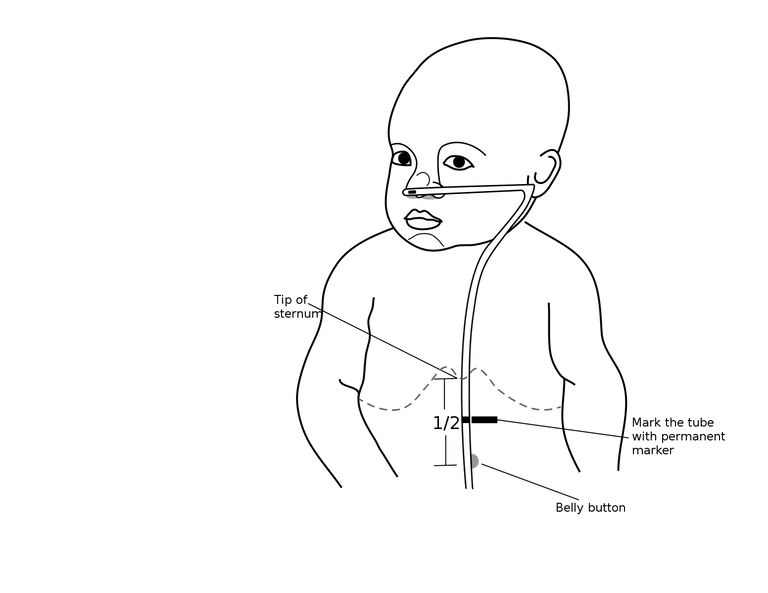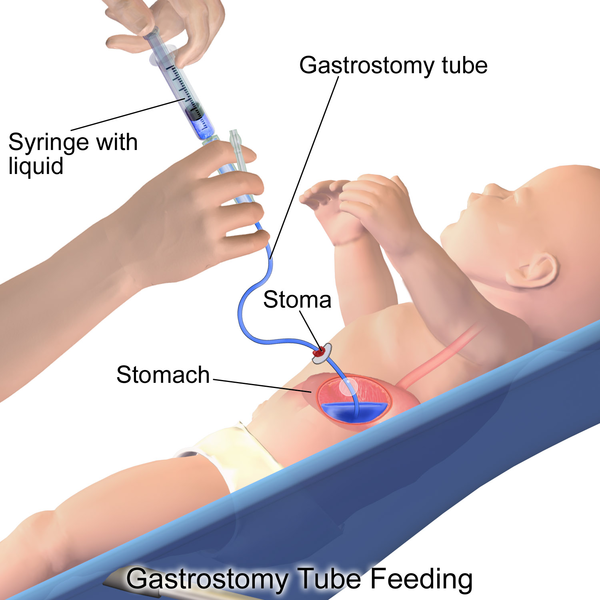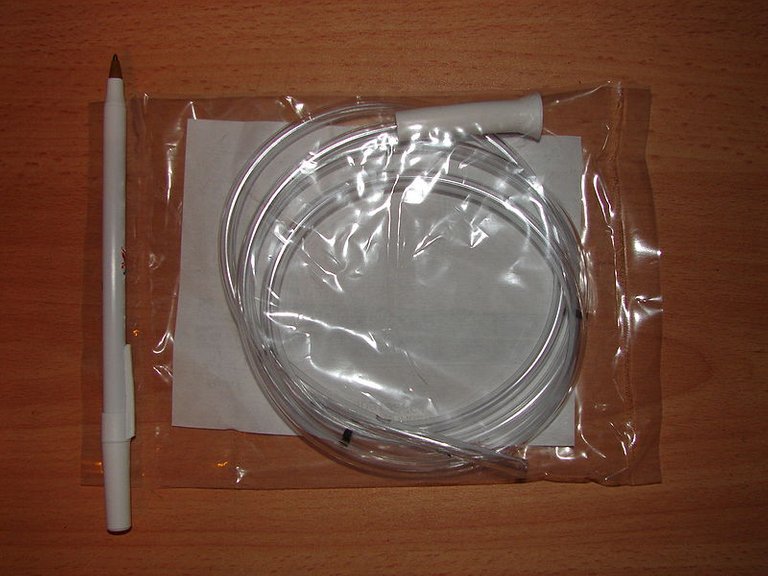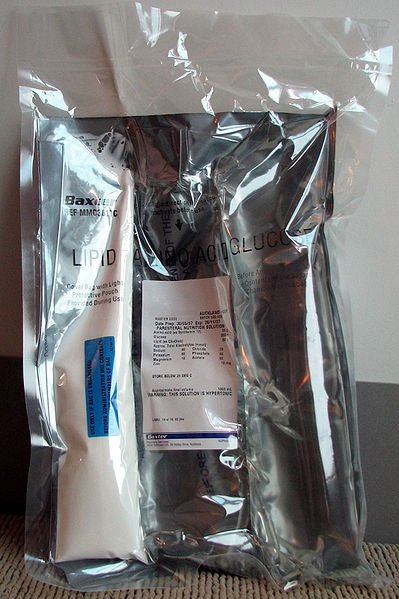Hello wonderful people of this great community, I greet you all. Wow! I must really admit that it's been a while I dropped a post here and to be sincere it was as though a part of me wasn't active. I must say that I have really missed being here as this is the longest time I have spent away from hive due to my new responsibility at my place of work and I'm happy to be back to you my lovely people to enjoy every bit of knowledge shared here and I will do my best not to stay away this long.
Enough of my pleasantries, let's come back to what I have for us today. Today's topic of discussion is mainly centralized medically and not specific to any of my specialties and it will really be a great and interesting one and I urge us all to go through the post patiently and attentively as I will do my possible best to simplify it so that you will be able to appreciate it well. So let's go.
Food is one of our basic needs as humans,it doesn't stop at just having food and water, but our ability to consume or eat and drink is very crucial because without this ability, the presence of food will be useless and we won't be able to get the necessary nutrients our body requires to stay strong and healthy.
So my discussion is centered on methods or types of feeding indicated for some particular health conditions where the gastrointestinal tract or system has issues or some other conditions that affects an individual's ability to eat. And as we all know feeding is just our ability to take in food So these types of feeding are parenteral feeding and enteral feeding. So I will start the discussion with enteral feeding.
But before I continue with the topic of discussion, I would like to remind us of what makes up a balanced nutrition and so there are 6 main classes of food namely: carbohydrate, protein, fats and oil, vitamins, minerals and then water. If your diet is deficient of one of this it could cause a problem to your heath and so balancing our meal is vital.
ENTERAL FEEDING.
This type of feeding could be through our normal eating pattern or through the assistance of tubes in which the individual is not required to chew or swallow. that is to say the food or product passes through the mouth or tubes down to the digestive tract (esophagus,stomach or small intestine).
This tube can either be passed through the nose or mouth to the stomach or any part of the small intestine. It can also be passed through an opening created on the abdomen directly into the stomach or small intestine to deliver food and nutrients to the body.
The tubes are named based on their route namely nasogastric tube,orogastric tube and gastrostomy tube.
Before I continue, there are certain health conditions where this method of feeding is used and they are:
INDICATIONS FOR ENTERAL FEEDING
• Premature babies.
• Any obstruction in the digestive system.
• Surgeries affecting the digestive system.
• Patients in intensive care units ICU.
• Very elderly people who are unable to eat.
• Throat surgeries or ailments.
• Unconscious patients. Etc.
NASOGASTRIC and OROGASTRIC TUBE FEEDING
The nasogastric tube commonly known as the NG tube, as the name goes is a tube which is passed through the nose under aseptic technique, down into the the stomach with the main aim of feeding the patient.Orogastric tube just like the NG tube is passed through the mouth instead of the nose down through the digestive tract too. Most times, the individuals on this tube are majorly placed on bland diets or blended meals which can easily pass through the tube to the stomach.
So instead of the teeth chewing or grinding the food be it rice,beans,meat or fish or even fruits which this individuals are unable to do due to their conditions, they are blended with the help of an electric blender after their normal way of preparation, so it's as if they are eating the same fried fish and chicken with jollof rice or even boiled egg and fruits but the difference is the blending.
Least I forget, I would love to add that for both gastrostomy and nasogastric tube feeding, the food is allowed to flow under gravity into the stomach without influencing it's speed by application of force of any kind. to avoid over loading the stomach.
The nasogastric tube comes in various sizes for different age and body size too. Ranging for size five* which is mainly used for preterm babies or term babies with very low birth weight to bigger sizes which are used for adults and each of the sizes have their color coding.

Nasogastric tube insertion in a baby
The passage of the tube could be done with the aid of an endoscope through endoscopy to ensure it is rightfully placed or through acquired skill by either the doctors or the nurse's but because of time I will not be able to explain the procedure in this post except maybe on special request 😊😊.
One major benefit of this type of feeding is that it helps in supplying the required nutrients to those who are not able to eat normally there by preventing starvation, malnutrition, poor immunity and death due to complications.
Also, the major complications which could be encountered in this type of feeding is
•Pneumoniae which could occur due to the wrongful passage of the tube into the respiratory tract instead of the digestive tract, causing food which is being passed through the tube to enter into the lungs instead of the stomach. So that is why adequate precautionary measures are taken and experience is vital during the passage of the tube to avoid complications. •Infection could also set in especially when the tubes have stayed for a long time with poor care, and there could also be
• Tube obstruction when it's not properly flushed with fluid.

Diagram showing the position of the nasogastric tube in the gastrointestinal tract of an adult
GASTROSTOMY TUBE FEEDING
In this type of feeding,the tube is directly passed into the stomach bypassing the upper gastrointestinal tract (mouth, throat, esophagus) through the external abdominal wall. This is possible through the creation of an opening small enough to allow for the passage of the gastrostomy tube and is done surgically as a procedure. The law of gravity also stands in this type of feeding.

Gastrostomy tube feeding in a baby
I will like to point out that this three types of enteral feeding allows for our normal food to be given to the individual unlike in parenteral nutrition.
GASTROSTOMY feeding has same benefit with nasogastric tube feeding, but complications are:
• The content of the stomach can sip out through the surrounding openings into the peritoneal cavity causing peritonitis
•Infection can set in if the opening is not cared for to keep microorganisms away.
• Inadvertent gastrostomy tube removal.
• Bleeding.
• Tube dysfunction etc.
So having explained what enteral feeding is, I would also want to re emphasize that our normal pattern of feeding is also known as enteral feeding as far as it passes through the gastrointestinal tract.
Now let me explain what parenteral nutrition or feeding is all about.
PARENTERAL FEEDING
Parenteral nutrition also known as intravenous feeding,is the type of nutrition in which only food nutrients pharmacologically prepared are administered to an individual through intravenous routes. Here the digestive system is not involved that is why it is called PARAENTERAL which means outside the digestive system.
I'm already smiling because I know by now some persons will be wondering how this pattern of feeding is possible not involving the digestive system. But I tell you that it's possible and I will explain to you how this works.
*********
Usually, the last thing that occurs after the process of digestion of food in the digestive system is assimilation of the food nutrients. And assimilation of food simply means the absorption of nutrients from digested food and the transportation of these absorbed nutrients to different parts of the body cells and this transportation is done by the blood.
So this simply implies that the nutrients from digested food are usually absorbed into the blood for distribution and that is why parenteral nutrition is possible as these nutrients are administered directly into the blood for it to distribute them, bypassing the digestive system.
Now the administered nutrients could contain byproducts of macro nutrients like carbohydrates, protein, fats and oil, vitamins, minerals or a combination of all these nutrients as required by the body so that's a major difference it has from enteral feeding where the actual food is being given to the individual.
INDICATIONS FOR PARAENTERAL NUTRITION
By indications I mean the health conditions where Parenteral nutrition is done and they include:
• Severe malnutrition
• Severe diarrhea and vomiting.
• Bowel obstruction.
• Inadequate absorption due to intestinal problems.
• Gastrointestinal fistulas.etc
There are types of Parenteral feeding and they are:
• TOTAL PARENTERAL NUTRITION
In this type of Parenteral nutrition, the individual is completely dependent on intravenous feeding due to intestinal problems especially in the aspect of absorption and assimilation of food nutrients.
• PARTIAL PARENTERAL NUTRITION
In this type of parenteral nutrition, the intravenous feeding serves as just a supplement or addition to the one the individual gets from his or her enteral feeding if it's suspected that enough nutrients are not gotten enterally. So the person is not solely depending on the intravenous feeding as source of nutrients.
For enteral feeding to be possible there has to be reliable intravenous routes or access for the smooth delivery of the nutrients to the body and they are:
• Through a central vein — usually, the superior vena cava located under your collarbone, which goes directly to your heart. The larger central vein allows a larger catheter to deliver higher concentrations of nutrition with higher calories. For this reason,it is used to deliver total parenteral nutrition.
• Through peripheral veins
This can be any of the peripheral veins located in the limbs or the neck region and because it's not a large vessel, it can't be relied on and so can only be used as a temporary route and so will be fit for partial parenteral nutrition as the nutrients won't be delivered in large amounts as in total parenteral nutrition.
Just as there are complications that could occur in enteral feeding,there are also complications seen in parenteral nutrition and they include:
COMPLICATIONS
• Air embolism
• Pneumothorax
• Nerve damage
• Injury to surrounding vessels which could occur during the insertion of the catheter for the central line.
The importance and benefits of food can never be over emphasized that is why it's known as a basic human need and that is why all the above measures have been made available inorder to meet this basic need in individuals who are unable to do so for themselves.
I will draw the curtain here for now and I hope this little article was beneficial to you. I will be glad if it was. I apologise once again for not explaining the procedure for the tube insertion. Thanks a lot for your patience and attention, your inputs to this article will be highly welcomed. Anticipate my next post.
REFERENCE





